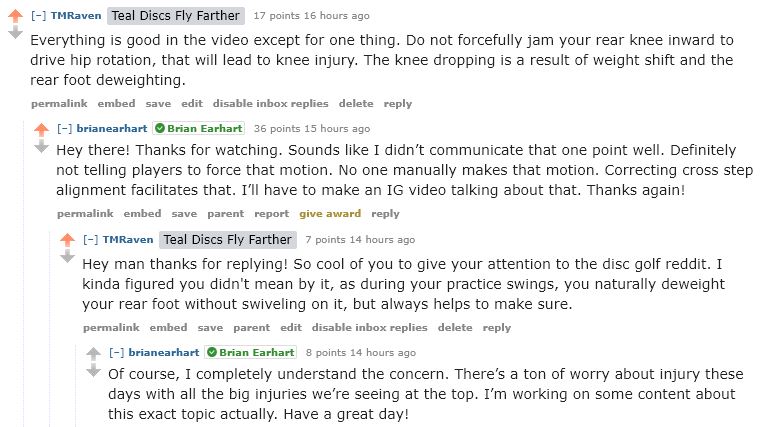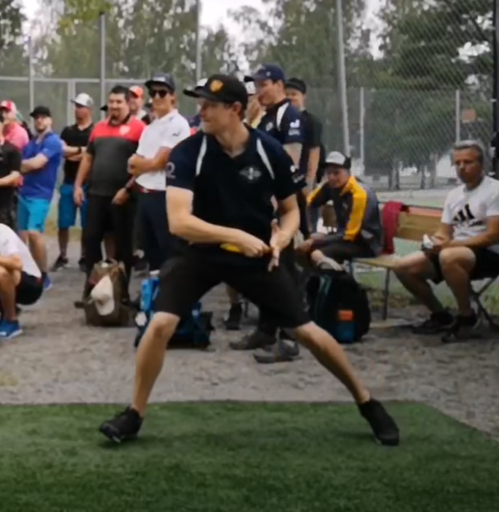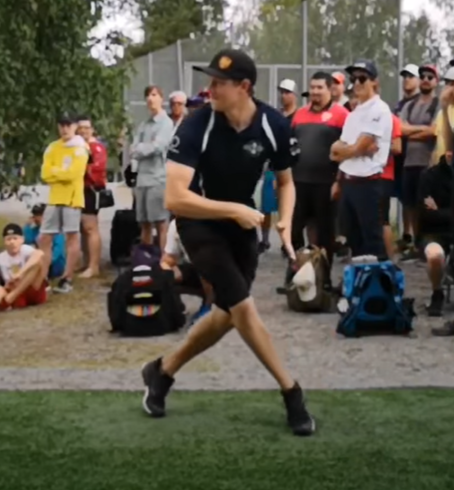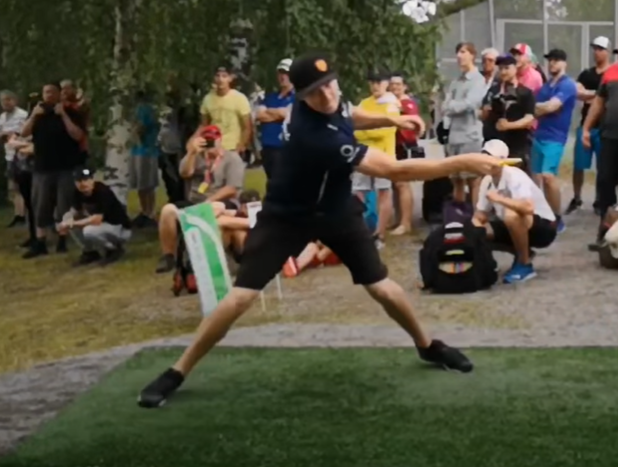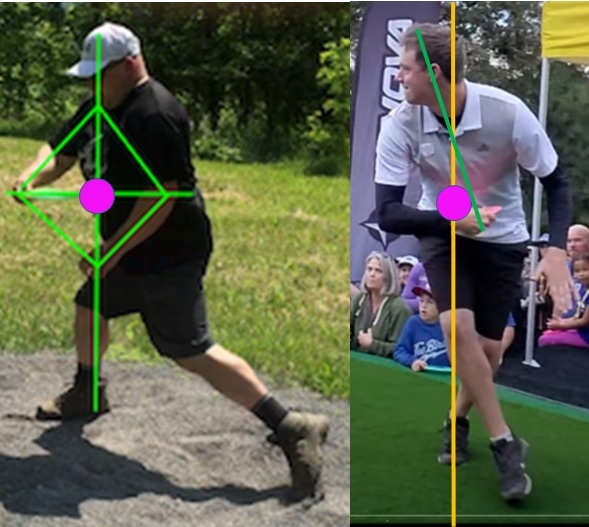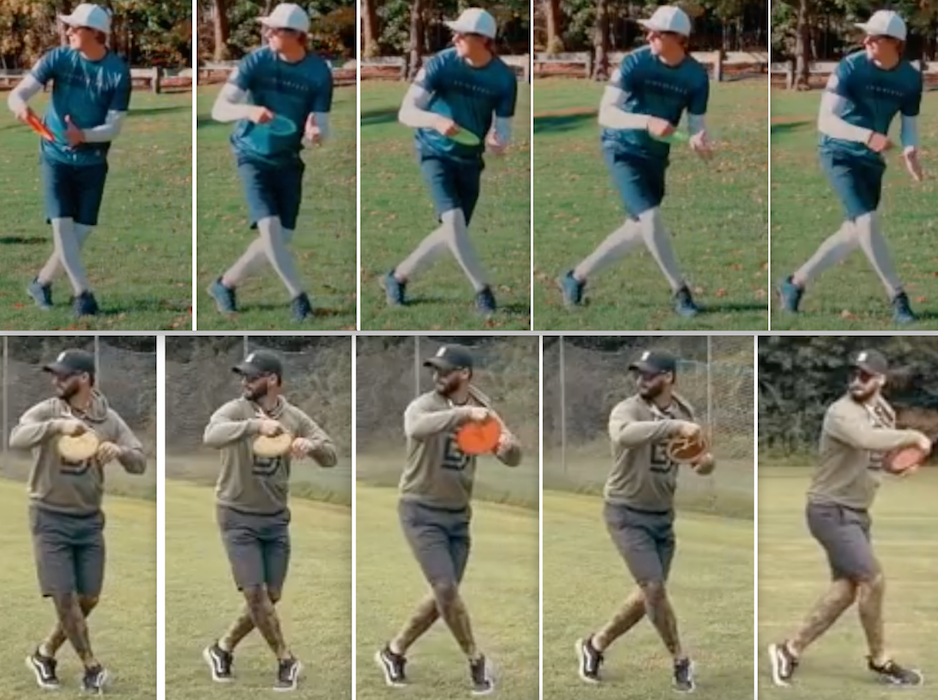So this is something I'm constantly messing up I think. I don't work on it enough, and yet, every time I come here or on YouTube to look over more form/technique stuff, I realize, I'm probably doing a few of these things wrong with my footwork. And Brian really hits on one point I think REALLY messes me up, when he's discussing the footwork. And that is timing.
I had amazing timing in my golf swing, tennis swing, slap shot, everything I've ever played. But not disc golf. It's never felt "right". And while watching this video of the X step (the part 2 section discussing the cross behind step), he really made me aware of the timing. And how more than likely, it is my first or second biggest problem and what is holding me back the most.
I have the athleticism, height, long levers, skill to absolutely crush. But I don't. And Brian discussing about how thinking about linking your throwing arm to your back leg, is SUCH a brilliant swing thought to think about. And something that Seedlings just mentioned to me in a thread I just posted about. That trying to keep the disc on your front hip (right hip for RHBH throwers) as long as possible, will result in better timing, and not turning back too soon. Which I KNOW I do. It's SUCH a frustrating habit to break. I have such a hard time, waiting and keeping the disc in the middle or even out front a bit, until my right foot has contacted the ground in the cross step. I start my back swing way too early, and it causes so many problems. So it's really great to see such an easy to understand video, from someone that really understands the footwork and how important it is.
I particularly like how he goes through the sequence of showing the problems that come with a longer cross step. And it's like a light bulb going off in my head. "Hey, that's me." I'm trying to copy Simon all the time. He has a long cross step, so it must be good. I should do that too! Hahaha
And I think I've just subconsciously been doing that, and not getting my feet aligned and in their "plane" well enough. And obviously, my long cross step (I have long legs though, I'm 6'8") is more than likely causing all sorts of balance issues and even more importantly, timing issues. And not being planted and having that timing be great to allow that "sling shot" type feel in the body and arm is what is holding me back so much. Especially since I'm constantly trying to yank or pull and really crush each shot. It's SUCH a bad problem and so hard to correct. But watching this video is really helping me understand some really important aspects of the throw. I'm really going to have to start working almost exclusively on better footwork and some sort of timing methods to get my upper body to stay at ~90* to the target for WAY longer. So that my back swing is much later, and my throw doesn't start until AFTER my plant.
But it brings me to my main question: Why does a longer cross step work so well for Simon and some others, but not for most of us or for me? Besides the copout response of: "Well, Simon's been playing since he was a kid. He's just way better." I really want to know why is Simon using such a long cross step? And what does it do for him, that a shorter more compact cross step isn't doing for him? He has SUCH a huge setup step, huge cross behind step, and plant step. Why? Why does it work for him, but not the rest of us? And should we NOT be trying to emulate that? Or is it only for advanced throwers?
Thanks for this video Sheep, GREAT stuff in here
